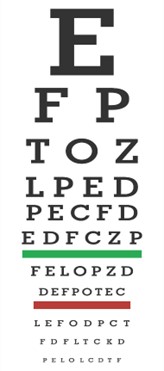A charge nurse is supervising a newly licensed nurse who is caring for a client who is experiencing auditory hallucinations and is refusing medication. The newly licensed nurse suggests placing the medication in the client's food to the charge nurse. Which of the following actions should the charge nurse take?
Suggest the family persuade the client to take the medication.
Recommend that the medication be delivered intramuscularly.
Remind the newly licensed nurse that the client has a right to refuse medication.
Suggest the newly licensed nurse contact the pharmacy to inquire about compatible foods.
The Correct Answer is C
The charge nurse should remind the newly licensed nurse that the client has a right to refuse medication. It is important for healthcare providers to respect the autonomy and rights of their clients, including the right to refuse treatment.
Option a is incorrect because it may not be appropriate for the family to persuade the client to take medication against their wishes.
Option b is incorrect because delivering medication intramuscularly against the client's wishes would violate their right to refuse treatment.
Option d is incorrect because inquiring about compatible foods with the pharmacy would not address the issue of the client's right to refuse medication.
Nursing Test Bank
Naxlex Comprehensive Predictor Exams
Related Questions
Correct Answer is D
Explanation
To test visual acuity using a Snellen chart, the nurse should have the patient wear glasses or contact lenses if they normally wear them . The patient should stand 20 feet from the chart . The nurse should tell the patient to first cover the right eye, then left eye, and lastly read the chart with both eyes .
The other options are not correct because:
a). The client should be positioned 20 feet away from the chart, not 3 meters (10 feet).
b) The nurse should document the smallest line the client can read accurately on the chart, not the largest line.
c) The nurse should instruct the client to begin the assessment by covering one eye and reading aloud the letters on the chart, beginning at the top and moving toward the bottom

Correct Answer is B
Explanation
A nurse collecting data on a client who has swelling of the lower leg should identify that moderate pain on the ankle of the affected extremity is a manifestation of compartment syndrome. Compartment syndrome is a painful condition that occurs when pressure within a muscle compartment increases to dangerous levels.
The other options are not typical symptoms of compartment syndrome.
a) An affected extremity being warm to touchis not a typical symptom of compartment syndrome.
c) A blanch time of 2 seconds in the toenail beds of the affected extremity is not a typical symptom of compartment syndrome.
d) Palpation of a +1 dorsal pedal pulse of the affected extremity is not a typical symptom of
compartment syndrome.

Whether you are a student looking to ace your exams or a practicing nurse seeking to enhance your expertise , our nursing education contents will empower you with the confidence and competence to make a difference in the lives of patients and become a respected leader in the healthcare field.
Visit Naxlex, invest in your future and unlock endless possibilities with our unparalleled nursing education contents today
Report Wrong Answer on the Current Question
Do you disagree with the answer? If yes, what is your expected answer? Explain.
Kindly be descriptive with the issue you are facing.
